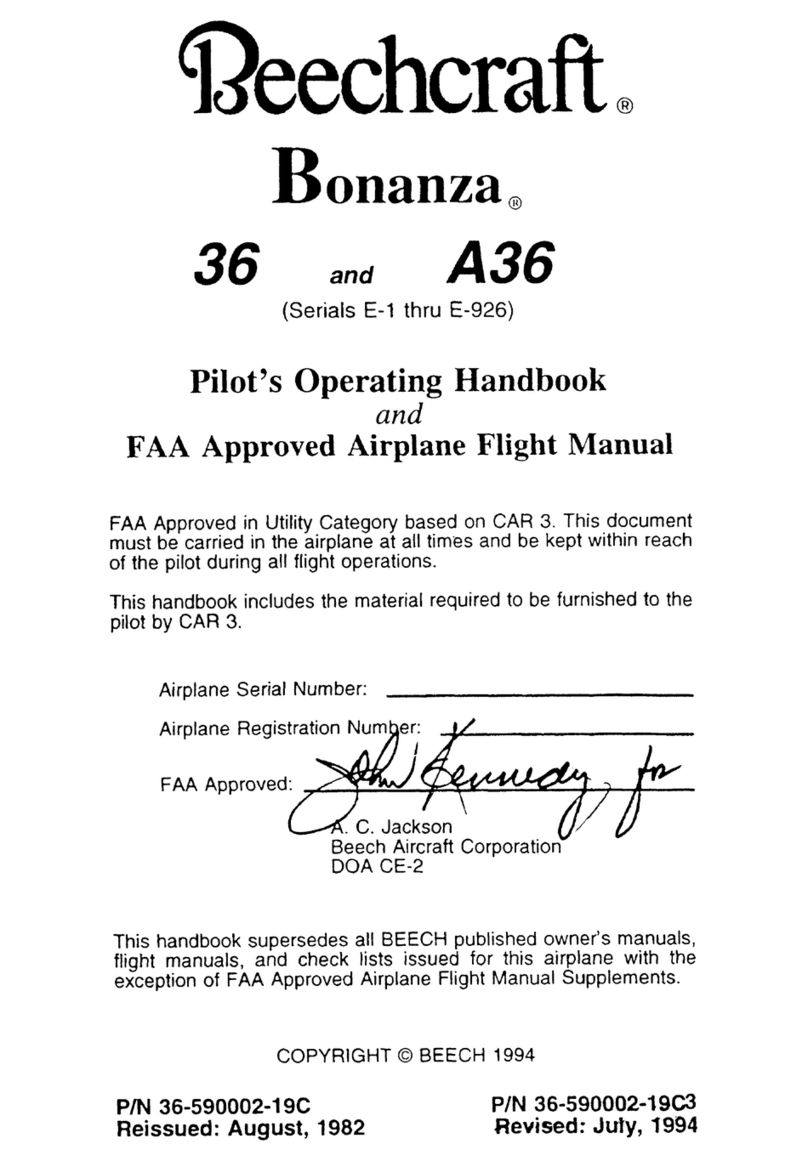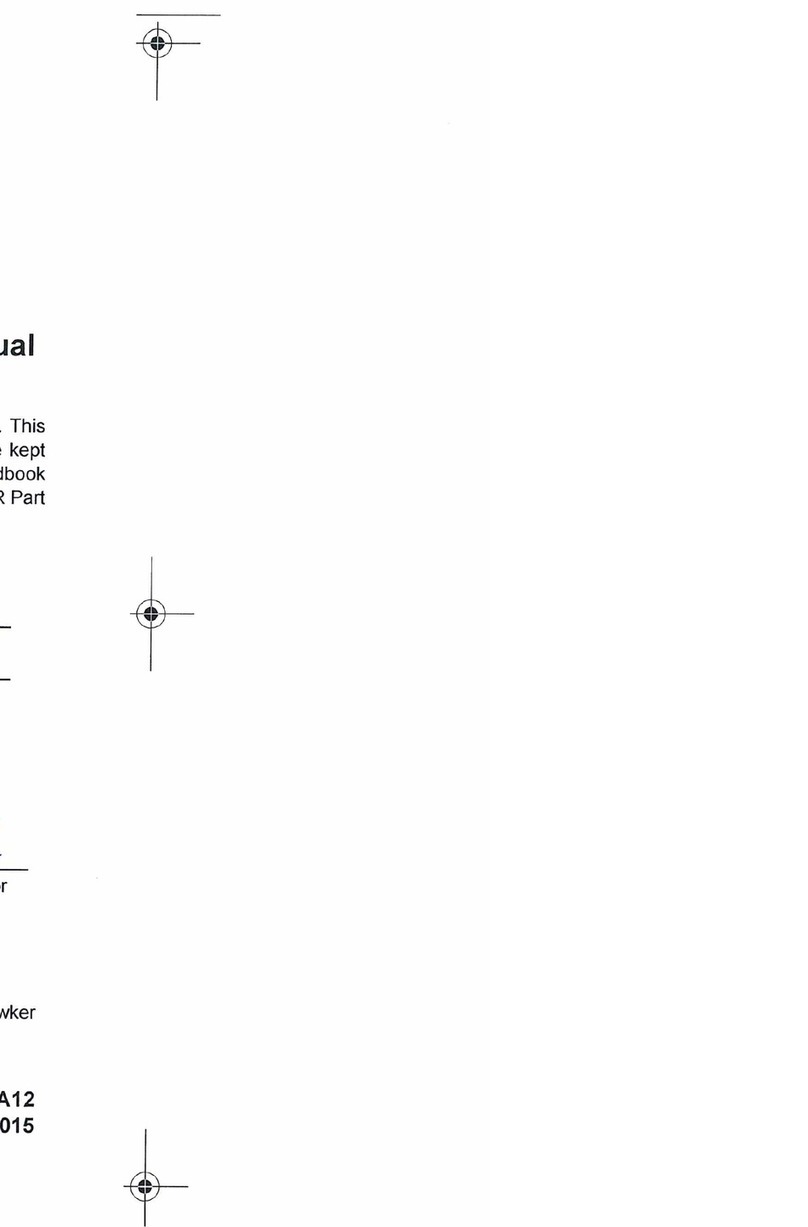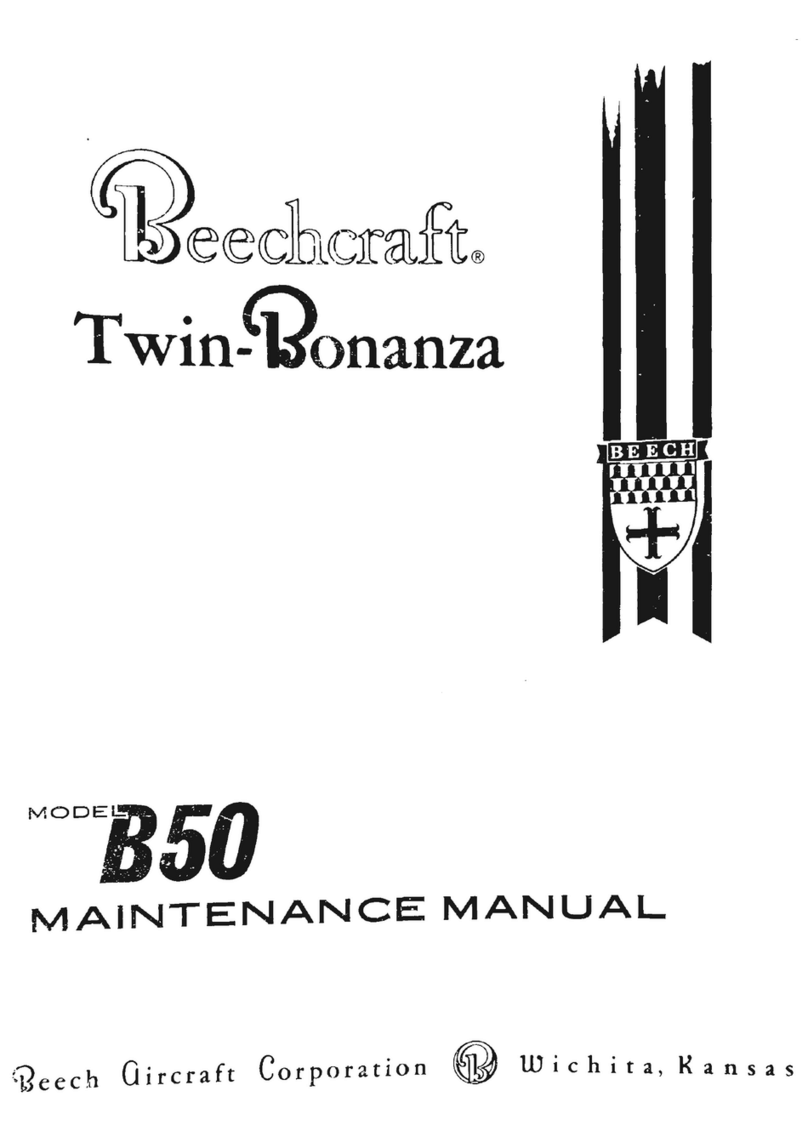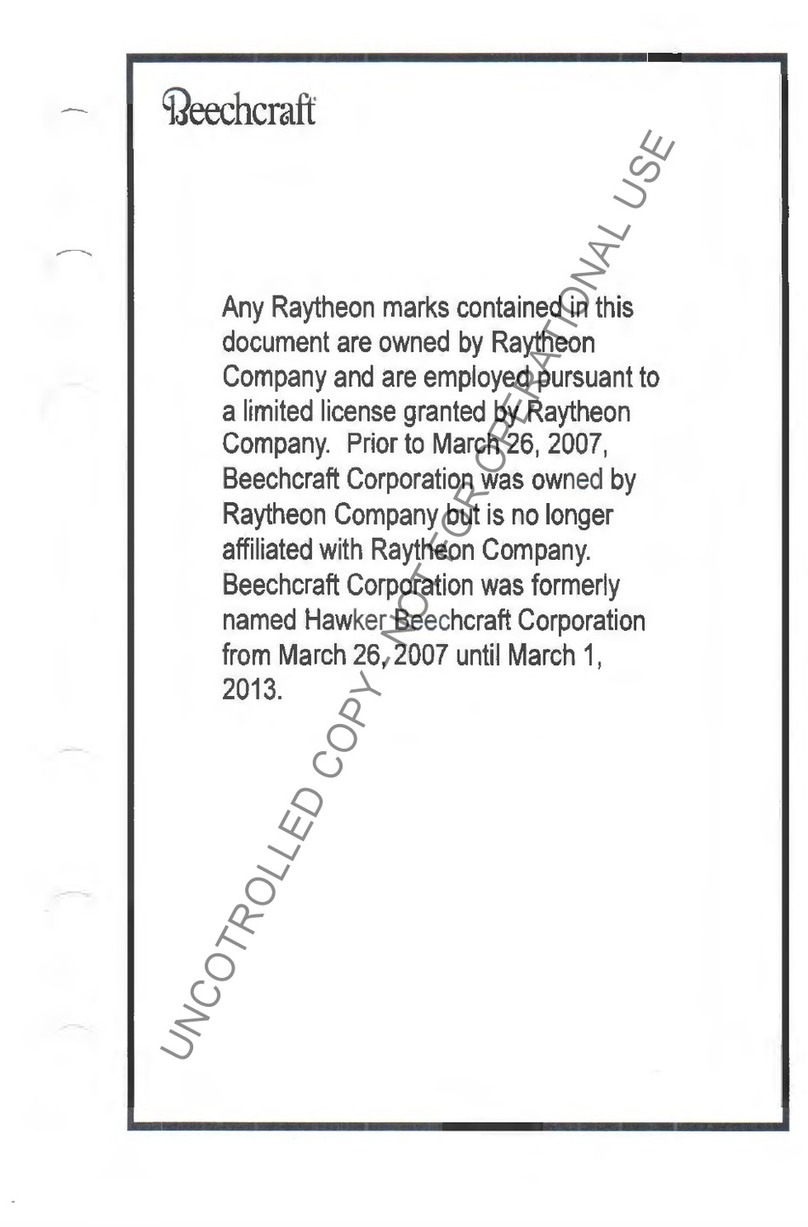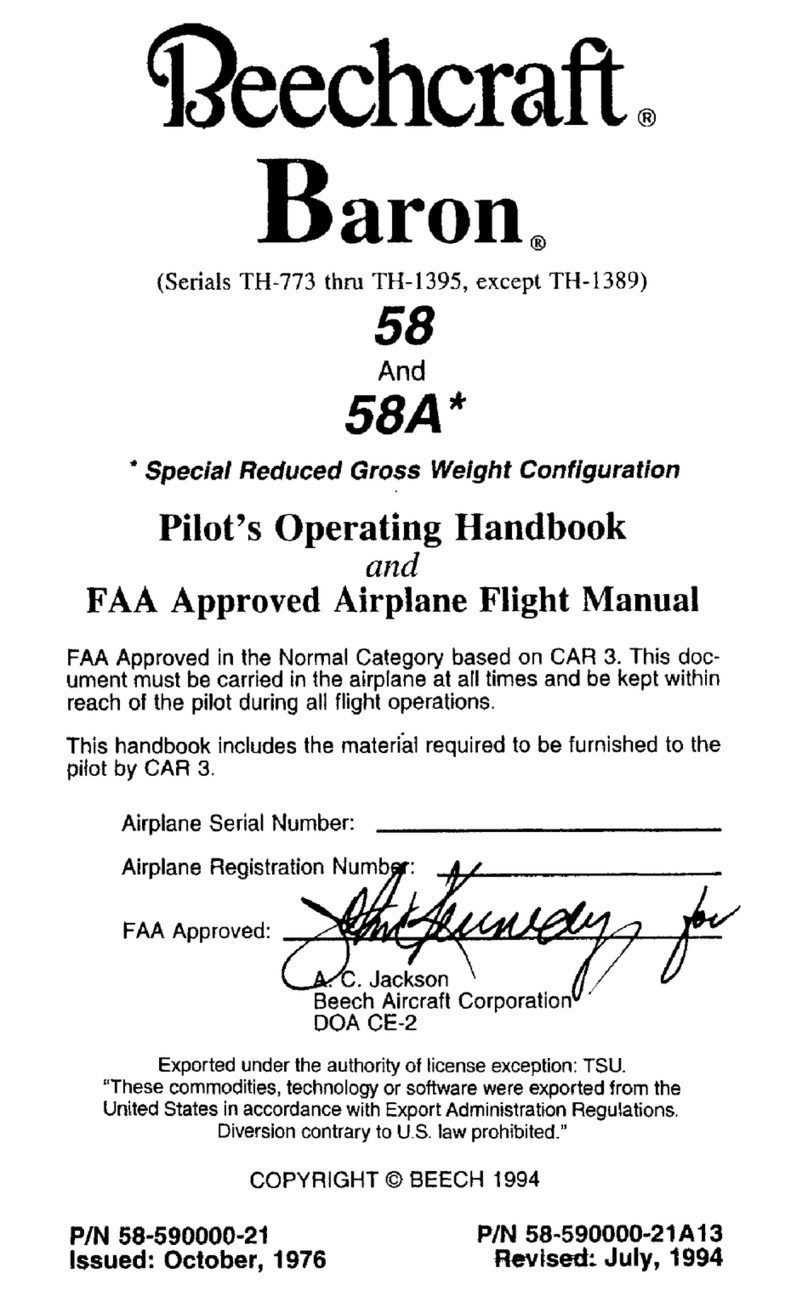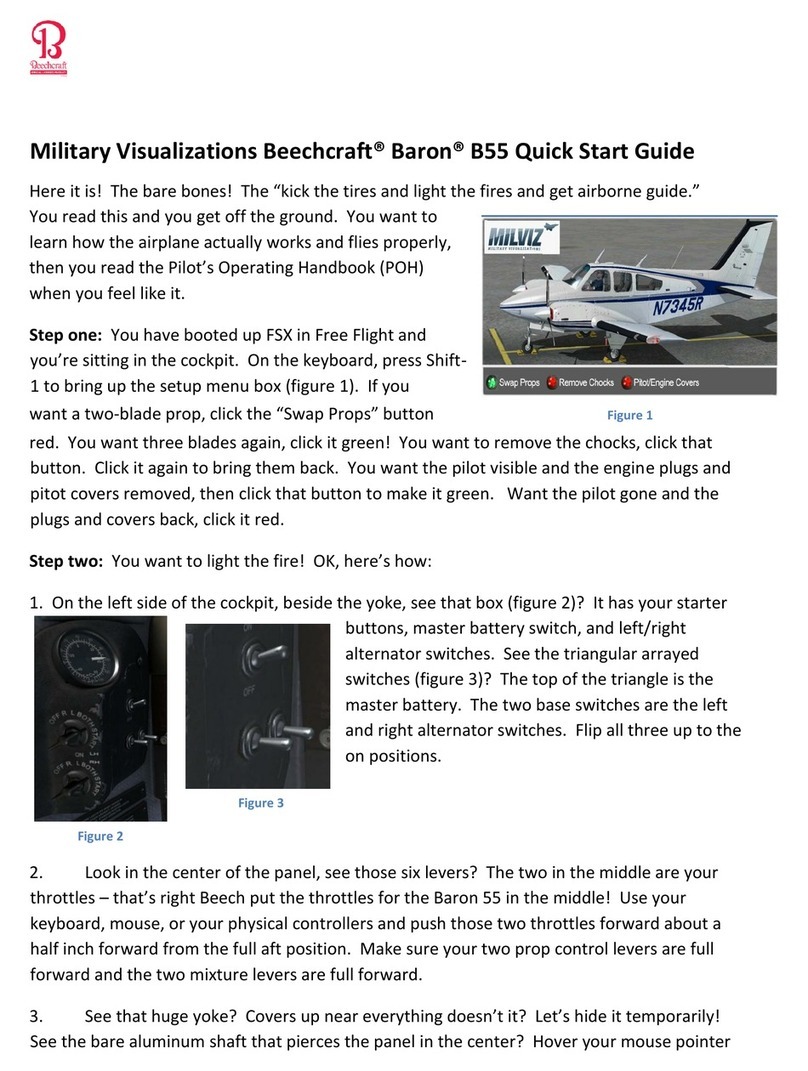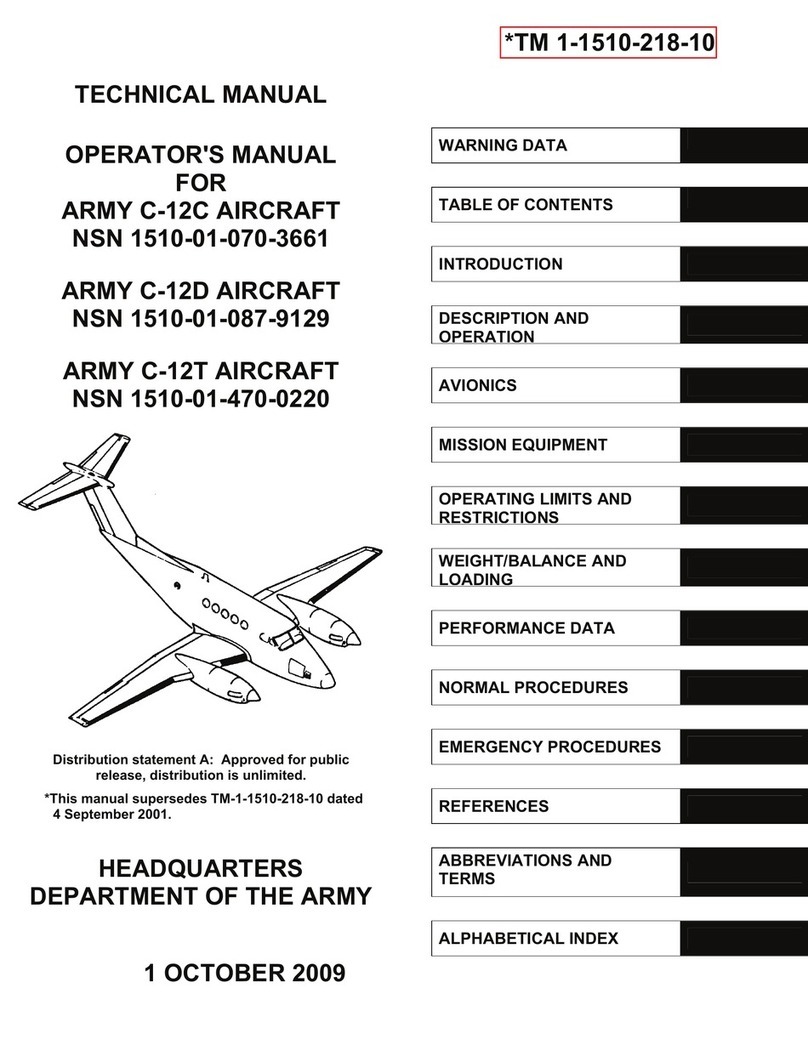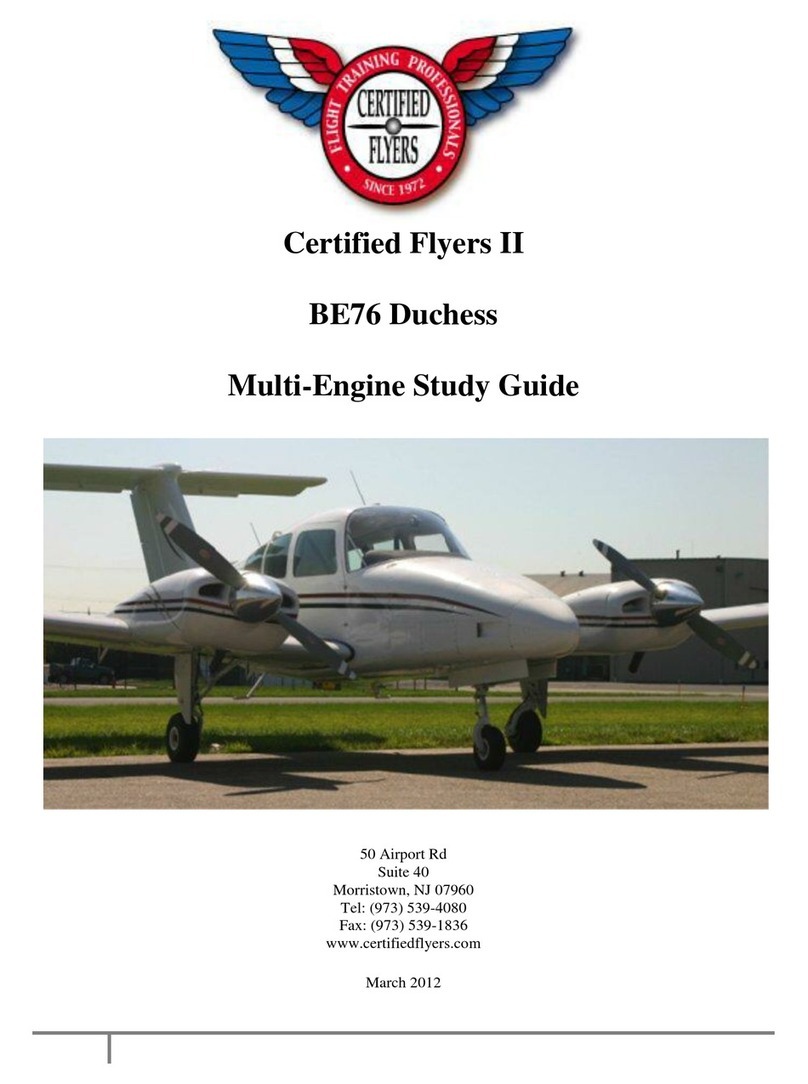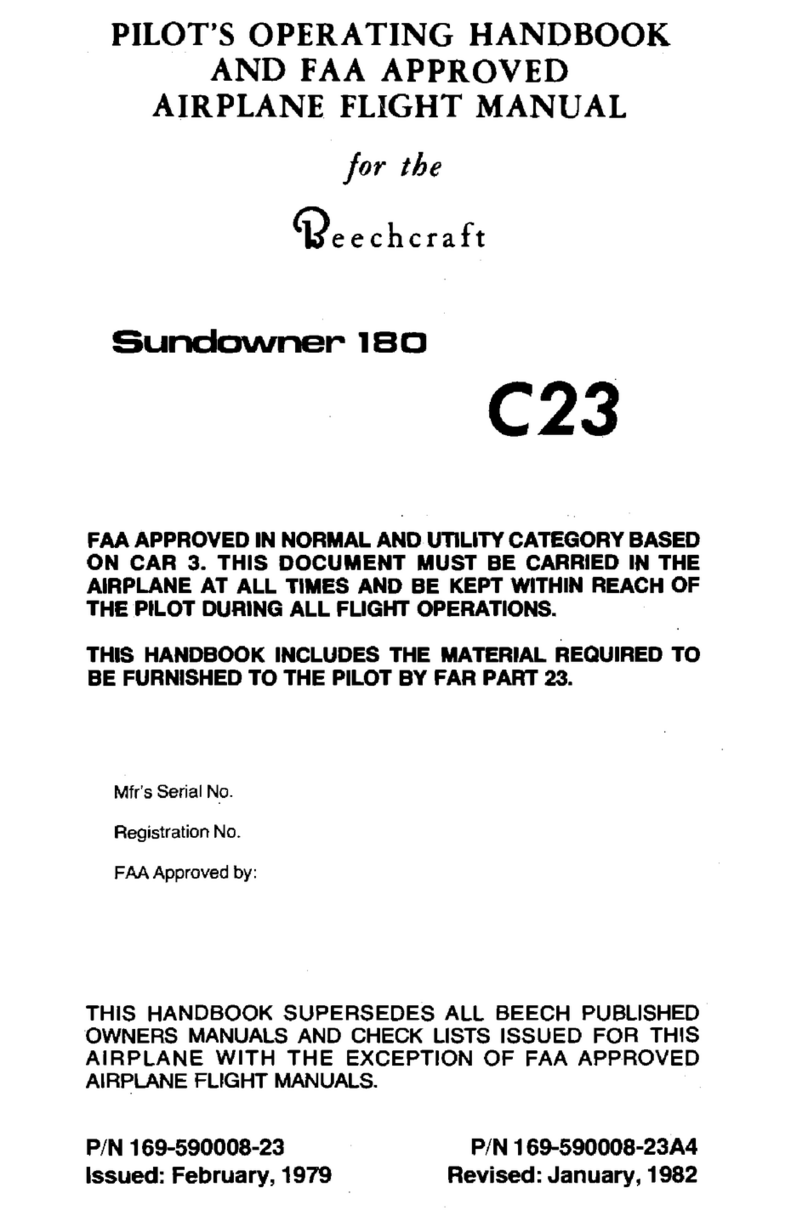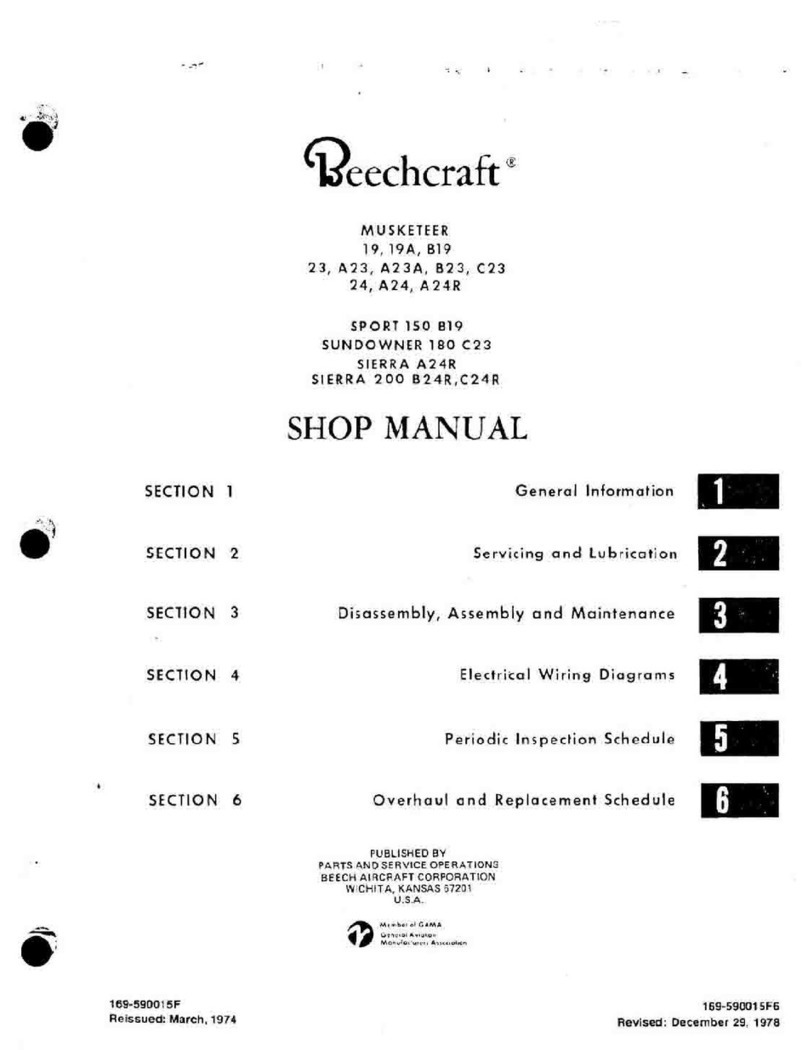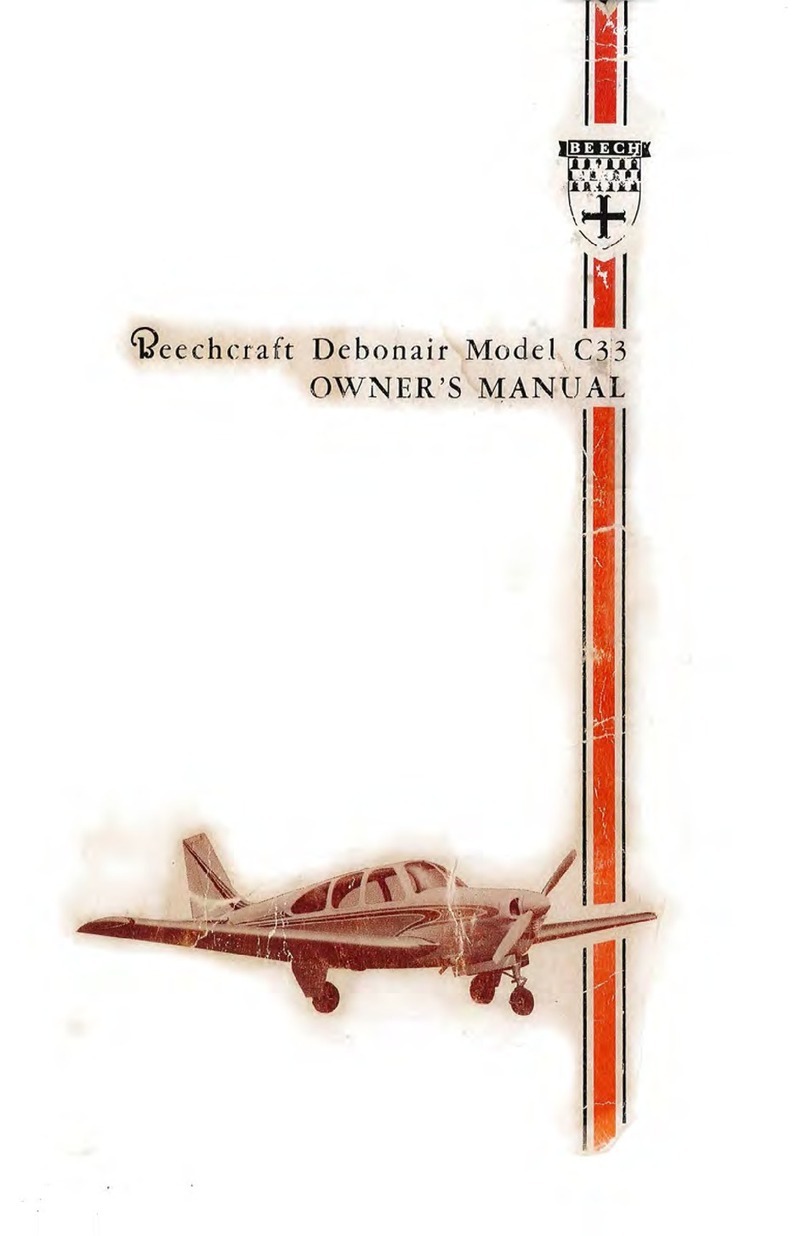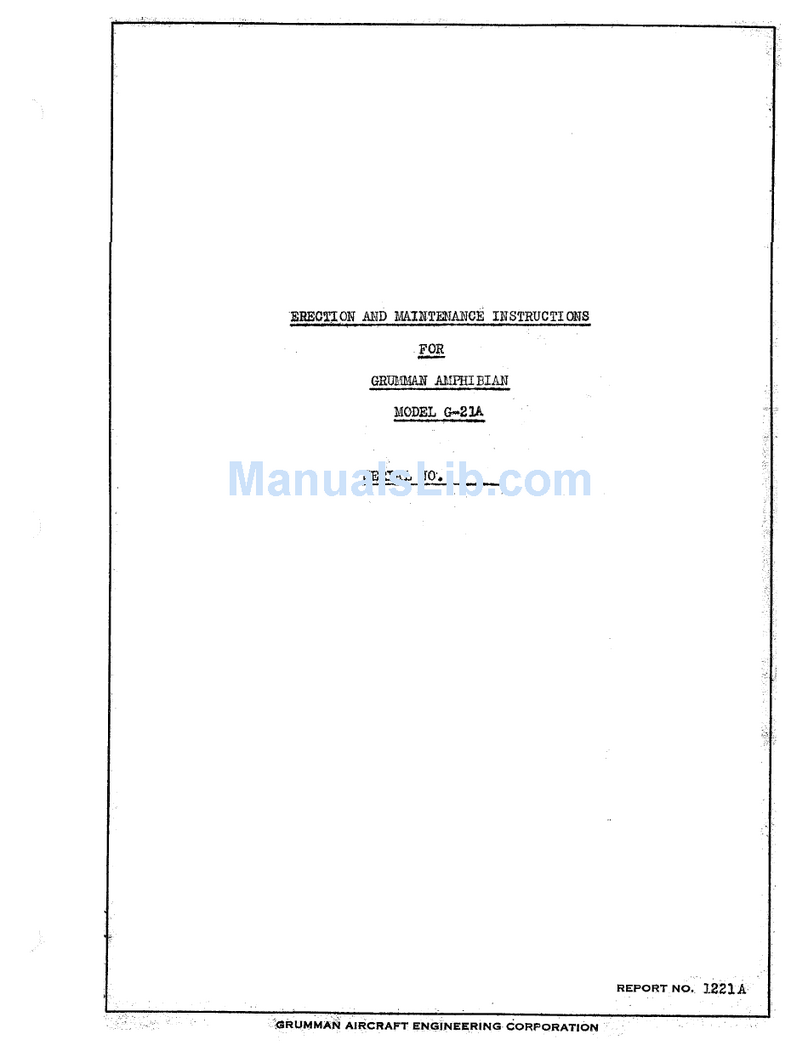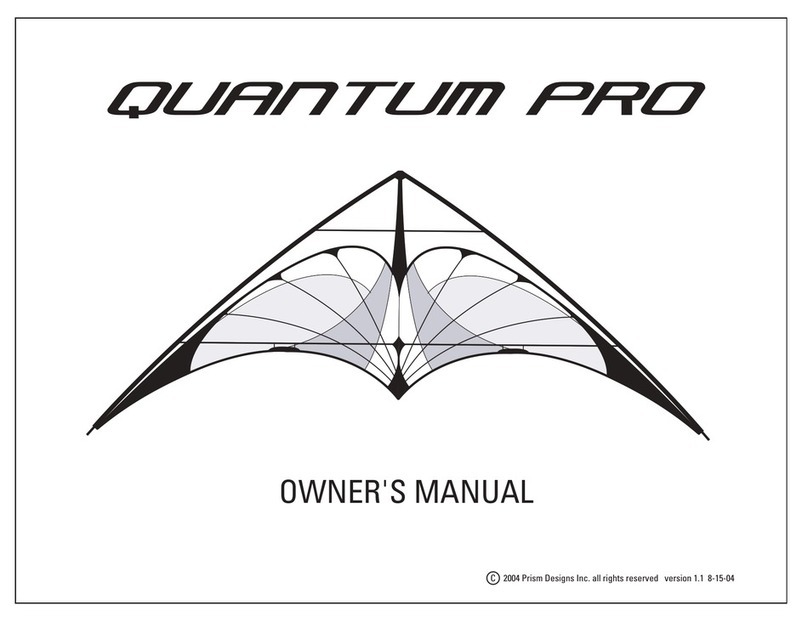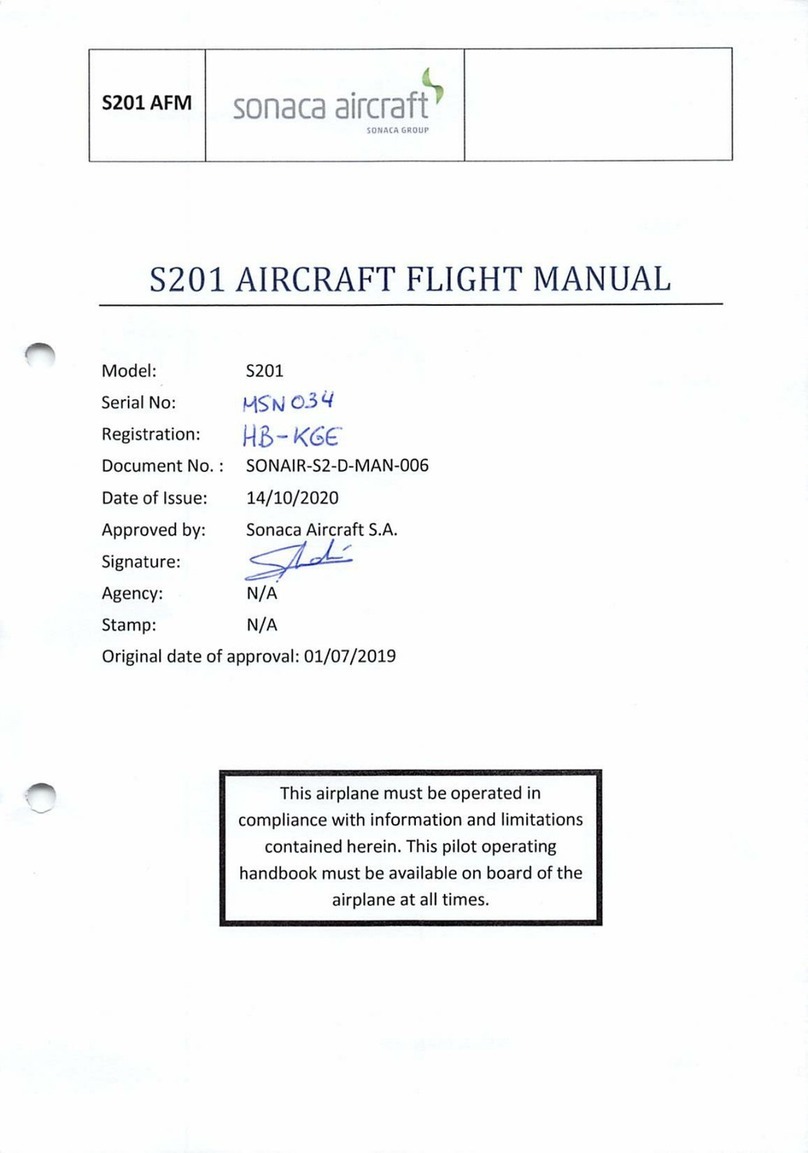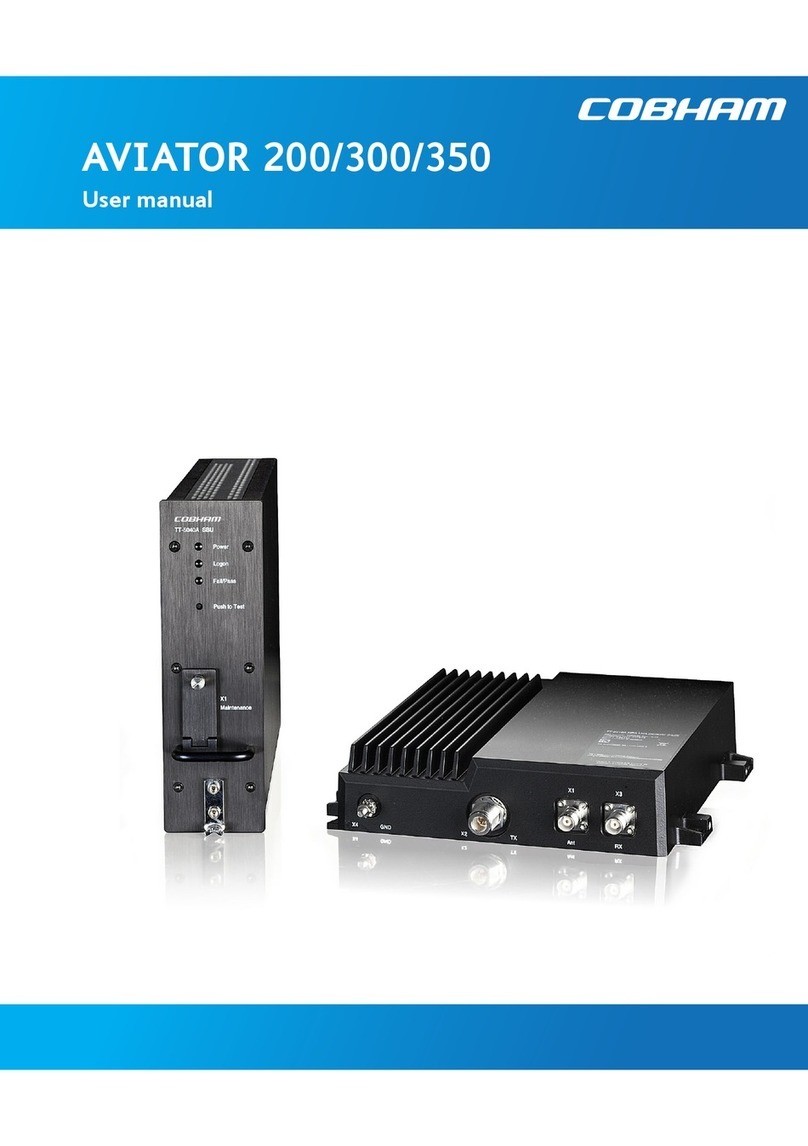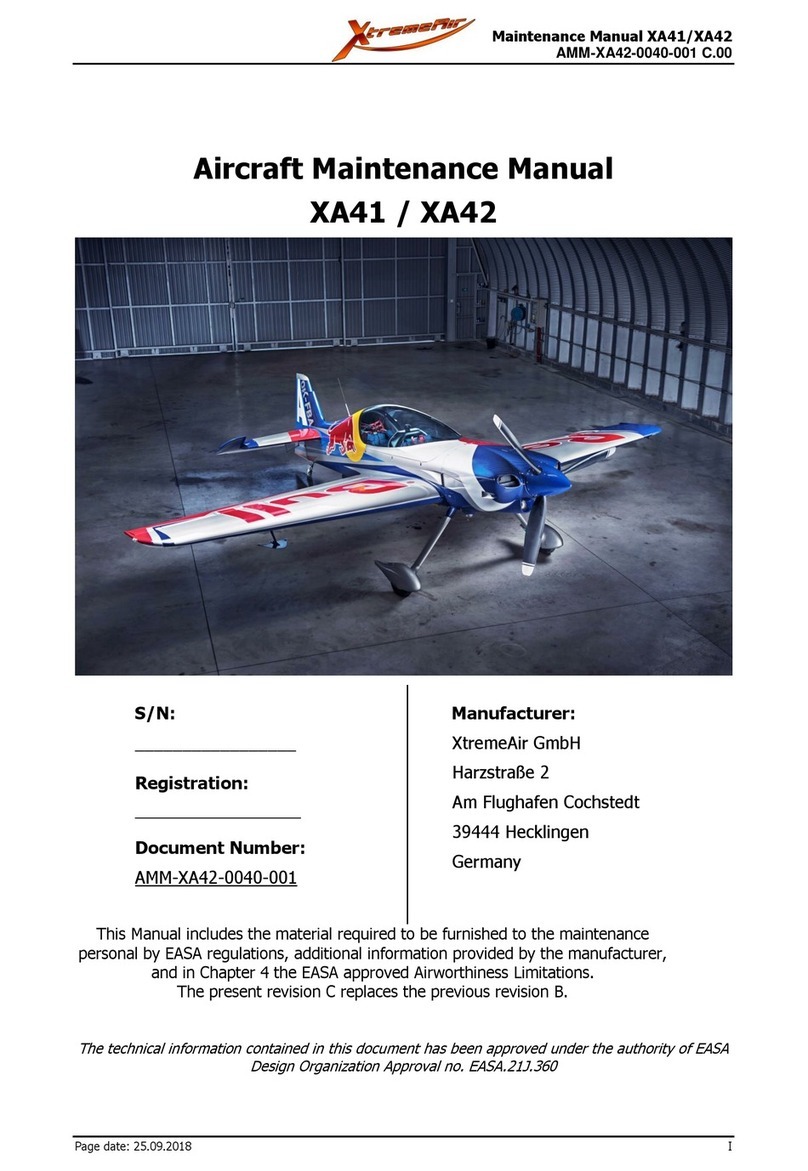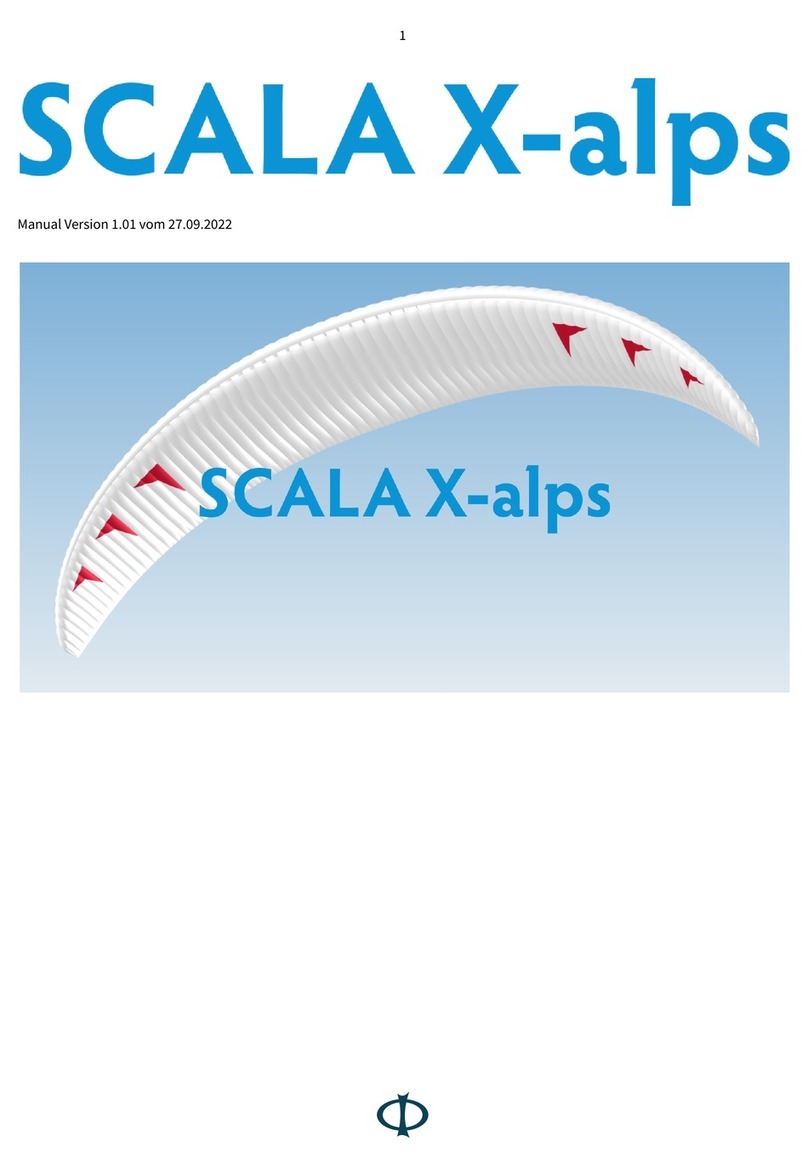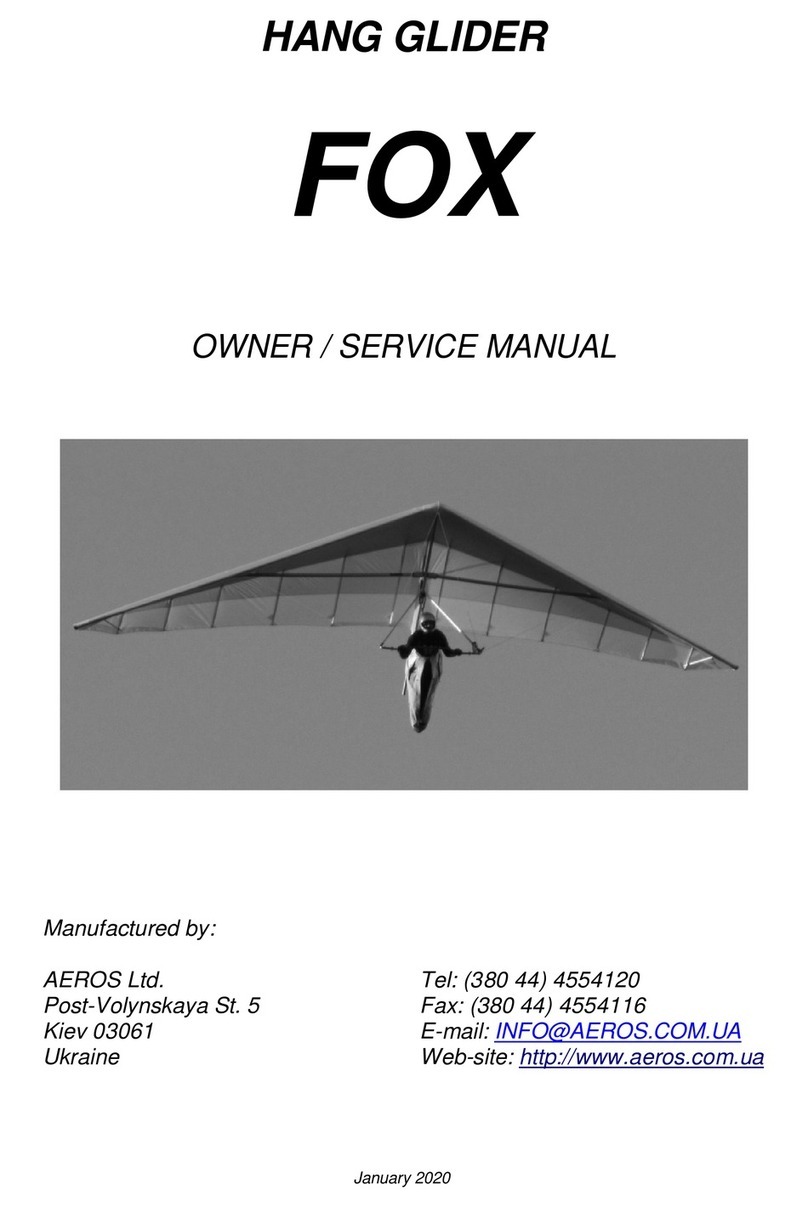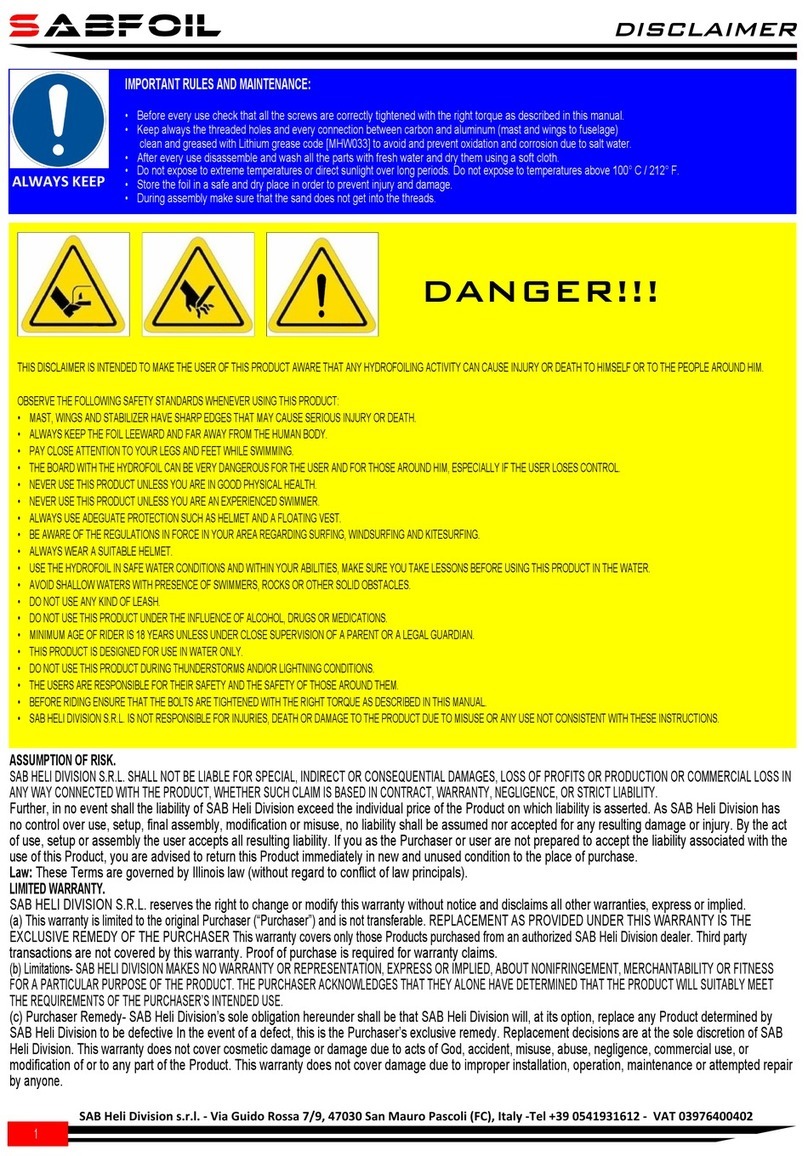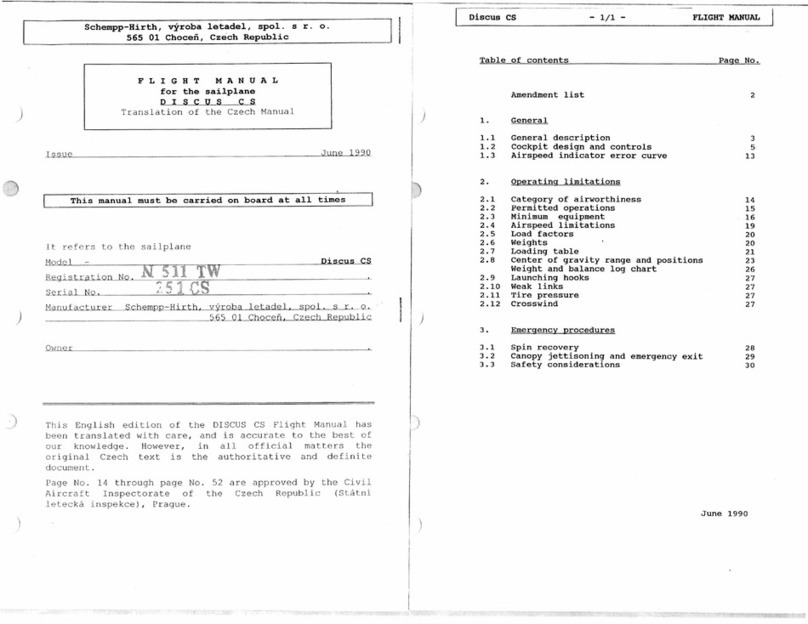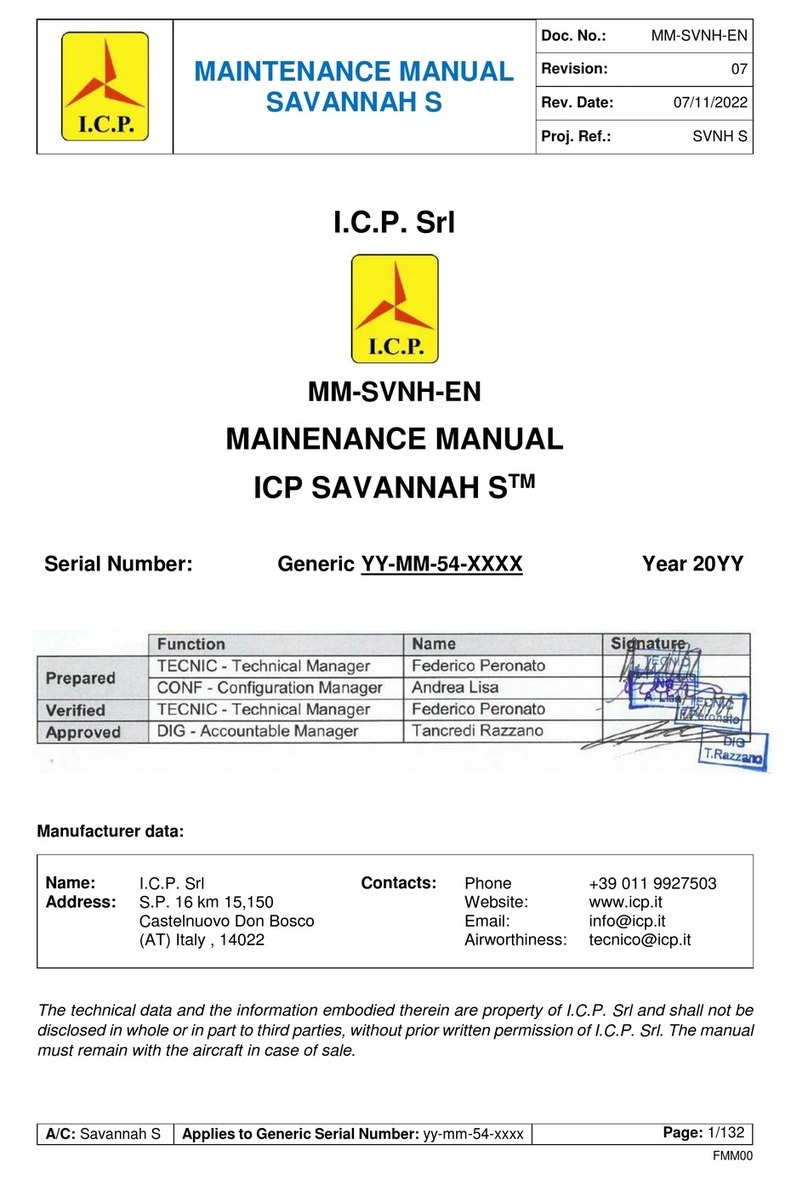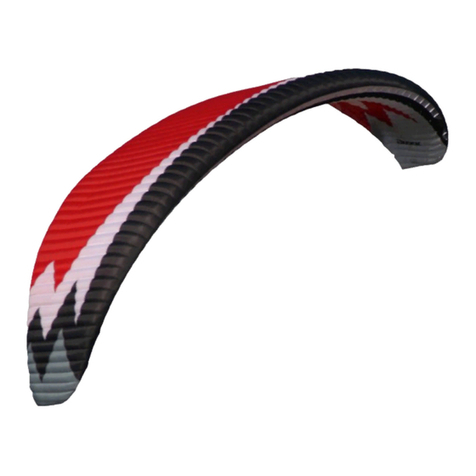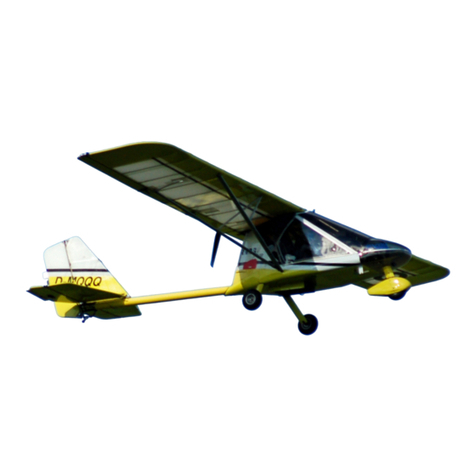TEMPORARY FLIGHT MANUAL SUPPLEMENT CHAMGE
Publication Affected:
Raisbeck AFMS Document No. 90-2060GW, Revision G, January 2005
Description of Changes: Addition of "SIMULATING ENGINE FAILURES" to Normal Procedures Section
Addition of "Propeller Heat Switch — OFF" to Before Takeoff of ICING FLIGHT
Filing Instructions:
Remove and replace existing (if applicable) TFM (90-206CGW-TFM-2) and insert this
Temporary Change adjacent to page 4-1 of the AFMS
SECTION V NORMAL PROCEDURES
AFTER STARTING ENGINES
NOTE
Stabilized ground operation with propeller rpm below 1,100 is prohibited, except that with propeller feathered,
operation at or below 400 rpm is permissible.
ICING FLIGHT
Electrothermal Propeller De-Ice:
CAUTION
Do not operate propeller de-ice when propellers are static.
a. Before Takeoff
(1)
Propeller Heat Switch — HEAT
(2)
Propeller De-Ice Ammeter — MONITOR for 2 minutes; normal operating range is 18 to 24 amperes.
Indications above or below this range may indicate system malfunction, and should be thoroughly
checked before beginning flight in icing conditions.
(3)
Propeller Heat Switch — OFF
b.
In Flight
(1)
Propeller Heat Switch — HEAT: The system may be operated continuously in flight
and will function automatically until the switch is turned OFF.
(2)
Relieve propeller imbalance due to ice by increasing rpm briefly and returning to
the desired setting. Repeat as necessary.
CAUTION
If the de-ice ammeter does not indicate 18 to 24 amperes, refer to the EMERGENCY PROCEDURES Section.
NOISE CHARACTERISTICS
Approach to and departure from an airport should be made so as to avoid prolonged flight at low altitude near noise-
sensitive areas. Avoidance of noise-sensitive area, if practical, is preferable to overflight at relatively low altitudes.
For VFR operations over outdoor assemblies of persons, recreational and park areas, and other noise-sensitive area,
pilots should make every effort to fly not less than 2,000 feet above the surface, weather permitting, even though flight
at lower level may be consistent with the provisions of government regulations.
NOTE
The preceding recommended procedures do not apply where they would conflict with Air Traffic
Control clearances of instructions, or where, in the pilot's judgment, an altitude less than 2,000 feet is
necessary to adequately exercise his duty to see and avoid other airplanes.
The take-off noise level established in compliance with FAR 36. Appendix G is 81.8 dB(.
No determination has been made by the Federal Aviation Administration that the noise level of this airplane is or should
be acceptable or unacceptable for operation at, into, or out of any airport.
SIMULATING ENGINE FAILURES
CAUTION
Using throttle cuts to simulate engine failures will result in the autofeather system being disarmed. In this
configuration, the
Vmcp,
is 99 knots WITH OR WITHOUT THE OPTIONAL RAISBECK ENGINEERING
MAGICAM IN TALLED. Dynamic throttle cuts should only be attempted at airspeeds above 104 knots.
FAA Approved
Date
,C
2
/j/il
for Manager Aircraft Certification Office
Federal Aviation Administration
Seattle, WA
Document No.
90-206CGW-TFM-3
Pagel of 1
